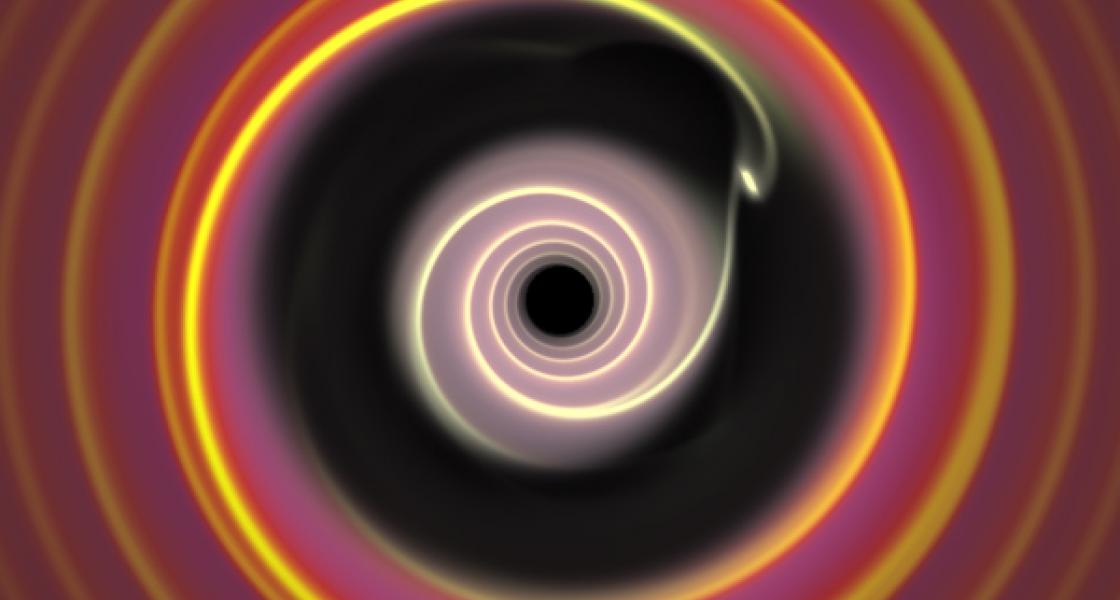If you wanted to see a new planet forming, the first thing you'd think of is looking in an accretion disk with a star forming in its center. The problem is it's virtually impossible to actually see a nascent planet inside a swirling, turbulent, and opaque disk of gas and dust. It's much easier to identify planets orbiting stars a billion years old (or older) whose accretion disks have vanished.
Not ones to throw up their hands in despair, however, Fellow Phil Armitage and colleagues from the University of Edinburgh, the University of St. Andrews, and Cambridge's Institute of Astronomy recently analyzed some indirect evidence that some accretion disks may have at least one Jupiter-sized gas planet within them. The evidence comes from the properties of the disk itself.
When astronomers observe a star surrounded by an accretion disk in visible light, they typically see radiation from the star at the center of the disk. When they observe the disk in the infrared, they typically see emission at a continuous range of wavelengths, ranging from short to long. The short-wavelength IR radiation emanates from dust closest to the star. There the dust is heated to temperatures of a 1000 °C or more. Dust in the disk farther away from the star is cooler and emits at longer IR wavelengths.
However, in about 10% of accretion disks, the hot dust close to the star is missing, as shown in the computer simulation below. One interpretation of this phenomenon is that a planet is responsible for a dust cavity that develops near the star. In the figure, the planet would be at two o'clock.
Armitage and his colleagues decided to model the effects of a large planet on the flow of gas and dust into the center of an accretion disk. What they found is that once a planet is as big as Jupiter, it establishes a filter (via a pressure gradient) that prevents dust grains 10µm or larger from flowing into the center of the disk. However, the filter does allow 10-20% of the gas to pass through to the center, along with any very small particles coupled to this gas.
The researchers were quite pleased with this result because it mirrors reality. When astronomers observe accretion disks with inner dust cavities in ultraviolet light, they can see gas crashing on the star. Thus the Jupiter Dust Filtration System accounts both for the observed inner dust cavity and the continued feeding of the star with gas from the outer regions of the accretion disk. In the process, it provides strong support for the idea that a large gas planet is embedded in accretion disks where inner dust cavities develop. - Julie Phillips




